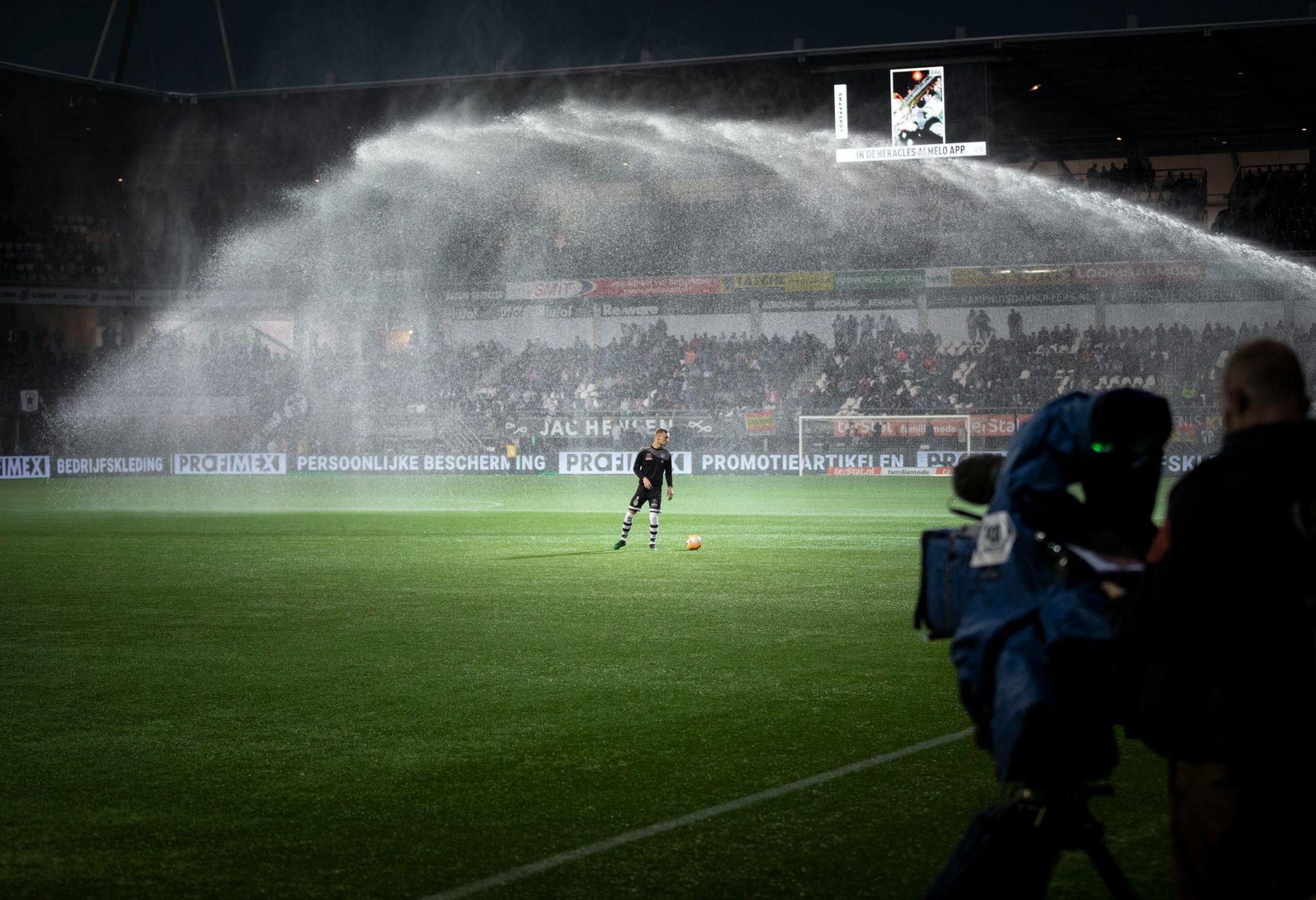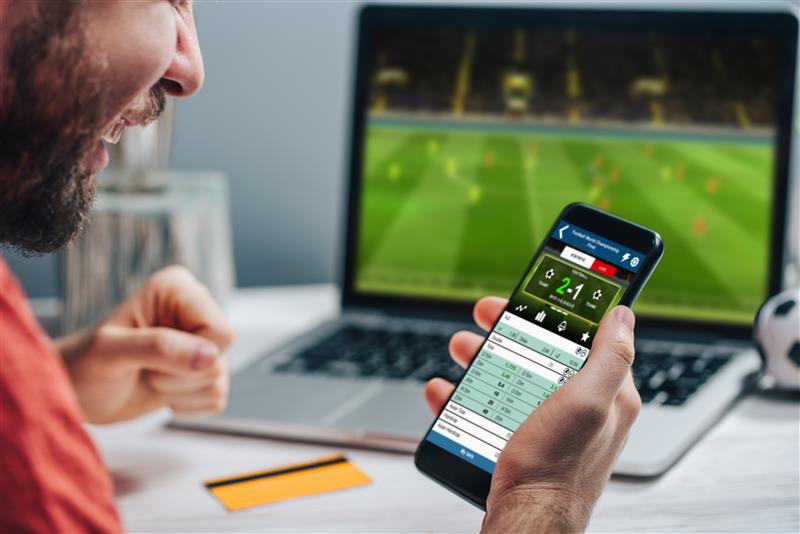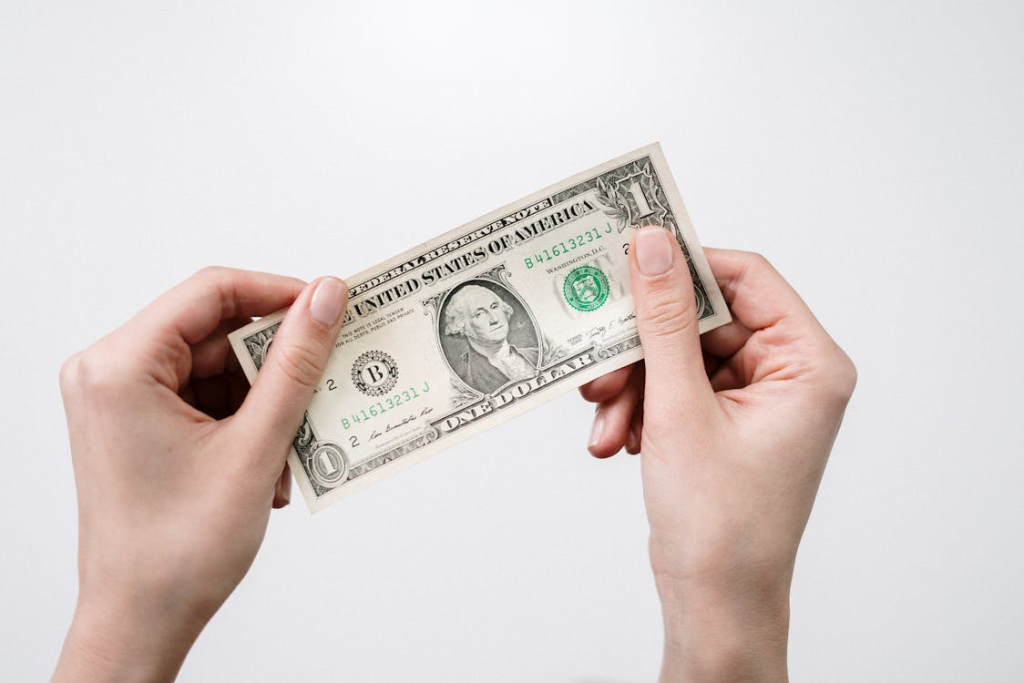Long has the online gambling industry waited for the ultimate pomp that is lightning-quick betting, especially if we’re talking about live wagering. It’s a new development that has been a staple of the industry for a while, and the methodology behind its working principles is quite interesting.
It’s not that complicated if you think about it, but it requires several parts to work in unison. If you’re an onlooker who wants to see what is going on with the money movement that is so central to live betting, you’ll realize that the entire mechanism is fascinating. This is what we want to touch upon in this article.
Naturally, the odds are the ones that matter the most because they are visual representations of the prices that dictate your possible return. Since they appear in various formats and have complex bearings on the betting market itself, they must be the subject of precise calculations and keen analysis. Automation is also a must, especially in the era of instant information and cash transfers.
The focus of this article will be the movement of the odds. We will assess what exactly moves the odds (i.e., the sports-related factors), how specific betting actors and practices influence these prices, and why the overall structure of oddsmaking must react to an entire barrage of factors!
How Sensitivity to Reactions Changes Odds by Default
The main principle that you’ll see in live betting is that the odds are the result of an earlier process. This is why we need to step back and look at how these odds come to be in the first place, since they serve as the basis that bookmakers modify.
The structure of oddsmaking is about turning probabilities into prices. Odds are a visual representation of an offering that a bookmaker launches into the market. The sportsbook leverages its understanding of an upcoming sports event by setting a probability of an outcome, and then adds the house edge that we know as the vig, vigorish, or juice.
This is why the implied probability of a set of odds for any given event will always surpass 100%.
For these prices to be relevant to both the sports event and the betting market at large, there must be a formula that keeps everything in place and converts it into a set of odds. Bookmakers that are adept at this are those that own a proprietary formula that carefully balances all these factors, and then makes use of said formula to generate and modify said prices.
We will talk about those modifiers when we get to them in this article because they are the ones that work both before and during the event. Obviously, they do not operate on the same level and are not exerting the very same level of influence, but the principles are very similar if you analyze them, which we will do.
The conclusion of what we’ve just showcased is that setting prices via odds is a balancing act that requires a very deliberate and cautious level of calculation. Probabilities, coupled with auxiliary factors such as market movement and the house edge, must be in a careful equilibrium that neither alienates the user nor leaves the bookmaker at a clear disadvantage.
Information Regarding the On-Field Action
The first parallel that we need to draw here is between what leads up to an initial price and its movement during the live betting phase. Most of the betting tips today operate with the same principle.
When a bookmaker uses the implied probability calculation to set the odds, it accounts for sporting factors like perceived squad value, form, fitness, and morale. All of these elements are the result of aspects like the analysis of advanced metrics, general stats, press reports, murmurs from backchannels, and historical records. In short, a combination of processed data and other pieces of information can have a more ambiguous effect on perception.
During live play, there are things that can happen on the field/court. Unfortunately, injuries happen all the time. Depending on a player’s overall importance (impact, value, and volatility of play), the odds can change rapidly if an injury occurs.
Booking and foul counts have the same effect since they can impact the aggression and overall style of a player because of concerns regarding their possible ejection. If we’re dealing with ejected players, they are as good as injured for a sportsbook since they are no longer in play, and their impact can be quantifiable in odds movement.
You also have factors like visible form. If the competitors who engage in a sports event show visible signs of exceeding or betraying expectations (that you can see in the odds), their performance will turn into modified odds.
Lastly, for this argument, most scoring plays will result in odds movement if they are significant enough. Goals, touchdowns, sets, or knockdowns are events that can swing the nature of a match, but not if they are too late or insignificant when adjusted for time left. These are the most obvious modifiers.
Changes in Contextual Situations
By referring to the contextual situations that are in line, we need to mention that they are the same both before and during play, but their effect and significance differ, depending on the moment of the betting.
In the buildup of a match, weather forecasts can be slight modifiers for various reasons. Some competitors do not do well in either cold or hot climates, while others have issues with rain or snow due to considerations like control over a ball or arm/leg strength.

During live betting, the weather modification does not leave room for speculative elements. If its appearance is sudden and lasts throughout the match, both bookmakers and bettors can see in real time how that phenomenon impacts the game. Slipping, sliding, and problems in implementing the technique are some of the factors that you see here. It becomes quite obvious if there is a change in how things are going, hence the modification that may or may not occur.
The other factor that is interesting is the stadium atmosphere. This particular detail can be very misleading for several reasons. For example, a team whose fans have a reputation for high volatility are one that may be very dissatisfied with how their team plays.
A bookmaker may perceive them as an advantage to the home team in the build-up, which can nudge the odds. However, if said team is in a streak of disappointing results, the same fans can easily turn against them and voice their dissatisfaction with boos and other signs.
The bookmaker, noting how a perceived advantage has actually turned into additional mental pressure, would generally move its odds in real time by slightly adding a bit more to the visiting team. This is the type of nuance that you see only during real-time play, and only with live odds and betting scenarios.
Mass and Sharp Money
Lastly, we need to talk about the numbers that go into the betting cycle of every live sports event.
Each sportsbook has access to data about the betting sprees and success of its customers. Some of them are particularly voracious about their bets, spending, and their track record tends to speak for itself.
They are those that the bookmakers have already identified as key markers of a market, especially if they are very successful. Naturally, we are not talking about perfect betting, but those who have a high rate of sustainable betting success, and whose losses boil down to small marks and differences.
These are the sharp bettors: those who influence perception by using their abilities to influence bookmakers. Since they tend to assess situations so good, any movement from them, especially if they are moving in the same direction, is a signal that an online gambling platform will identify. If they decide to bet in certain ways, the bookmaker will take note and calibrate their odds to match the tides of change.
However, as we know, the wisdom of the crowds can be a real thing sometimes. If there is a definitive direction in which bettors appear to be going, you best believe that bookies will react. Mass betting may put a significant strain on bookmakers.
In the bookmaker’s perspective, any subsequent bets placed live must operate on more correct odds.

Conclusion
To conclude, it’s important to note that these changes that happen live depend on how fast the sportsbook can react to those happening on the field. If there are matters like latency, there can be delays.
We also need to mention the automation process. Most of the decisions behind real-time odds modifications are AI-powered, which means that they may not be able to understand the finesse of things that are not all about reflections in numbers. This is a problem that we can identify via data bias as well.
The last words that we need to say in this article are simple: don’t forget to gamble responsibly, regardless of whether you bet live or not!



















